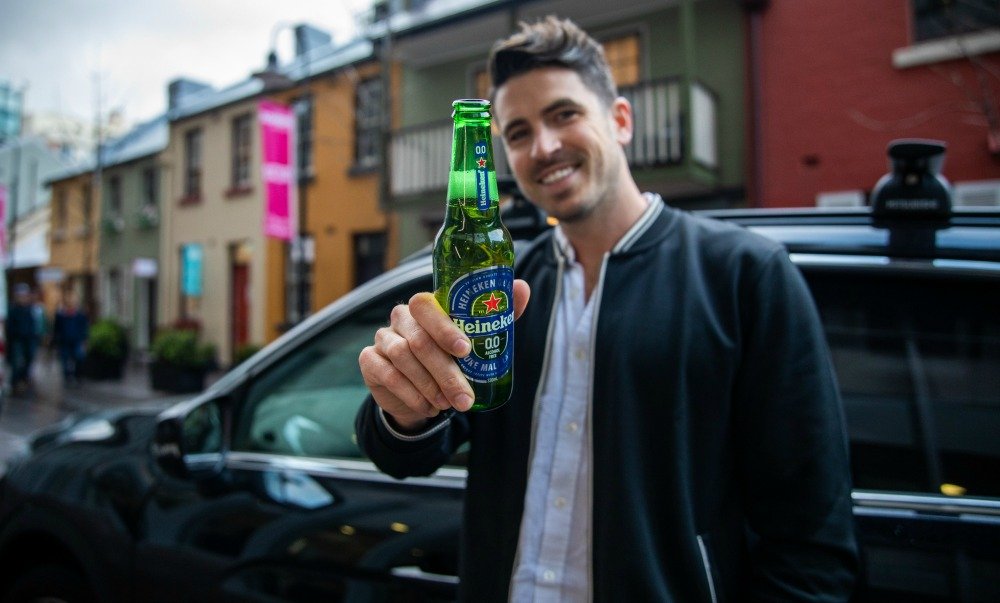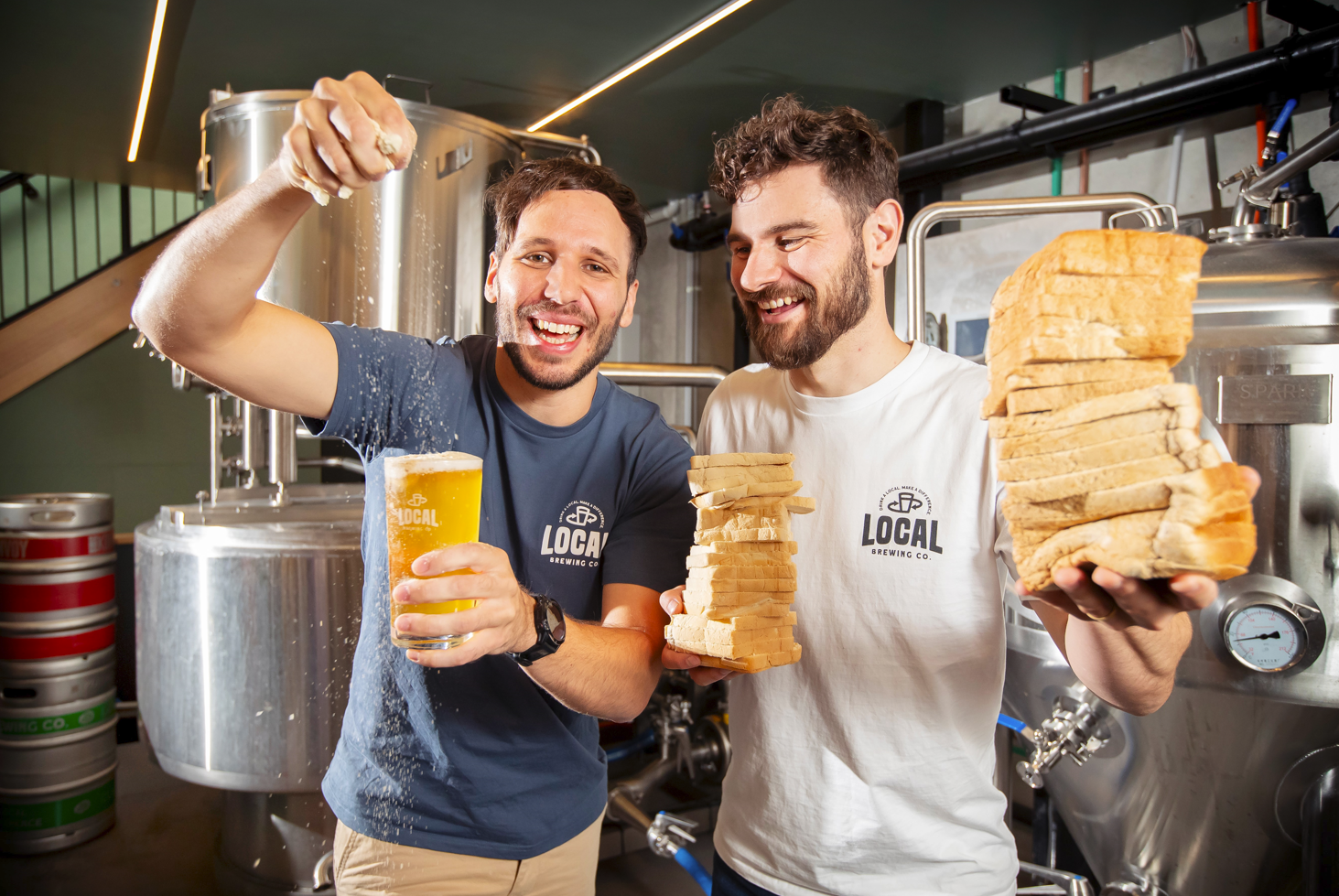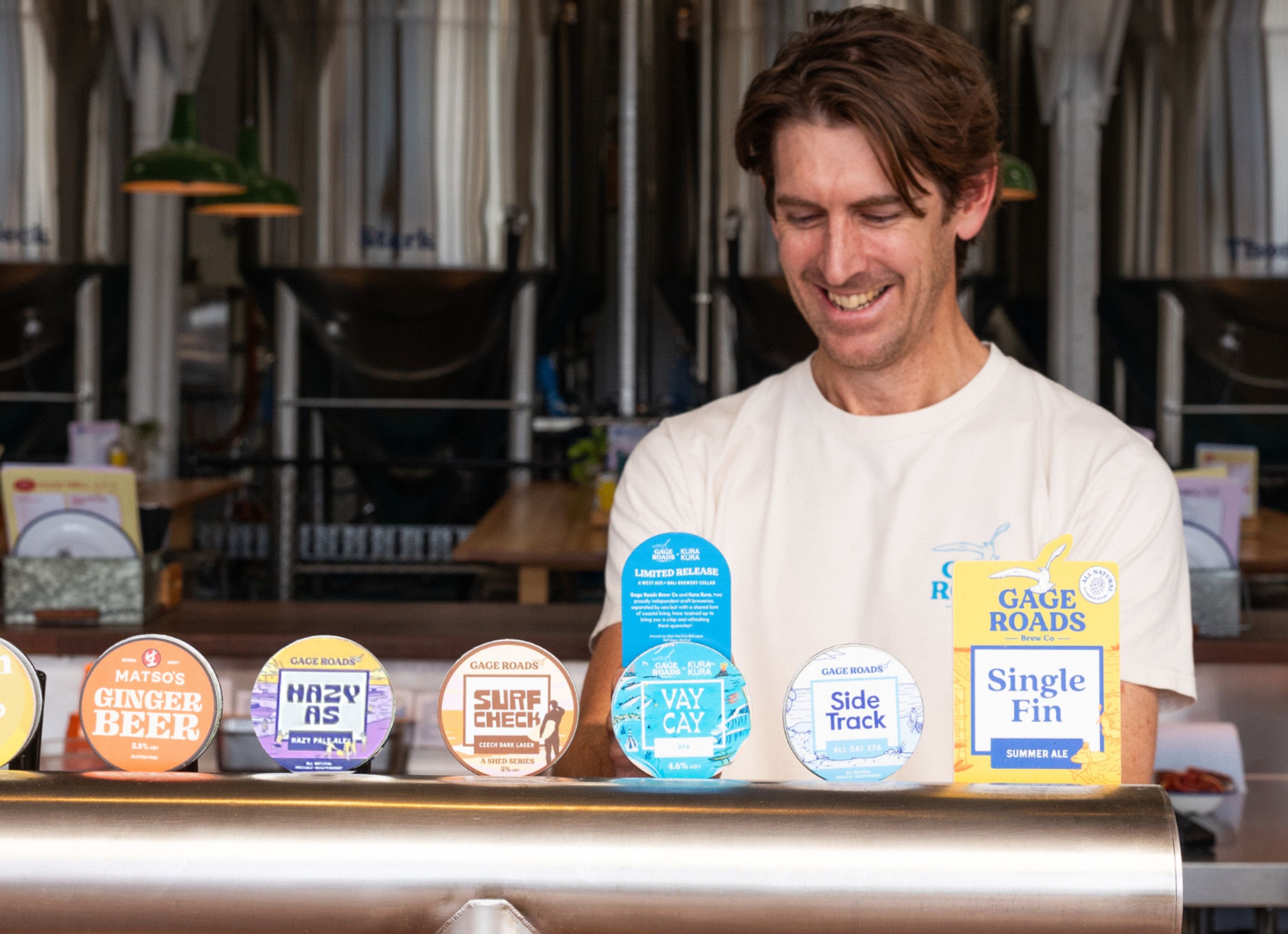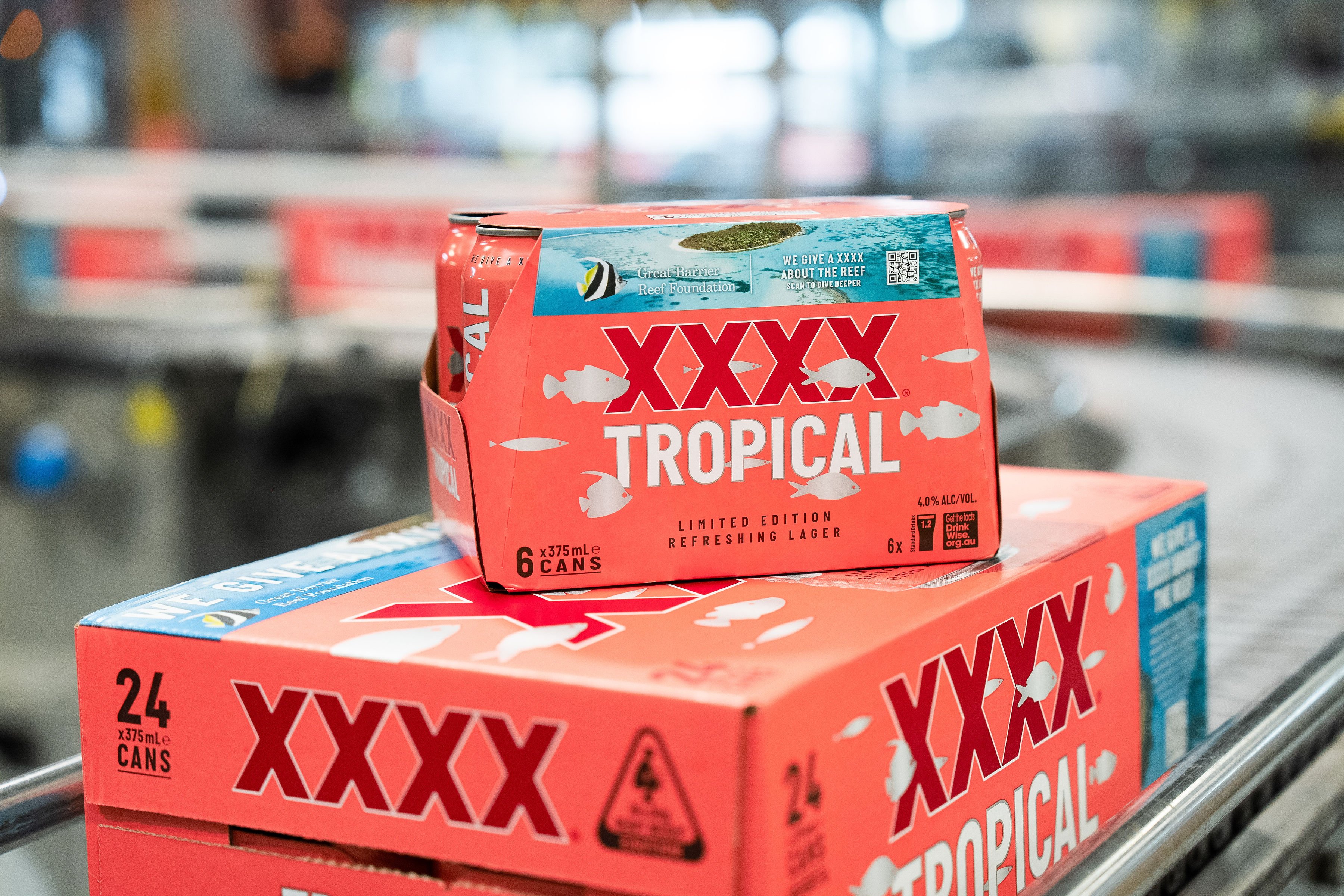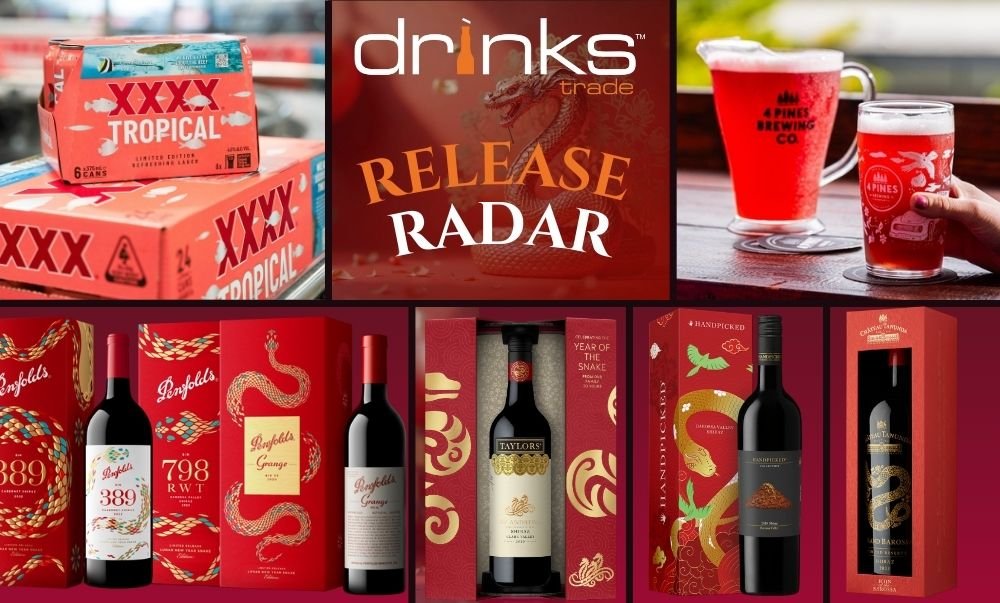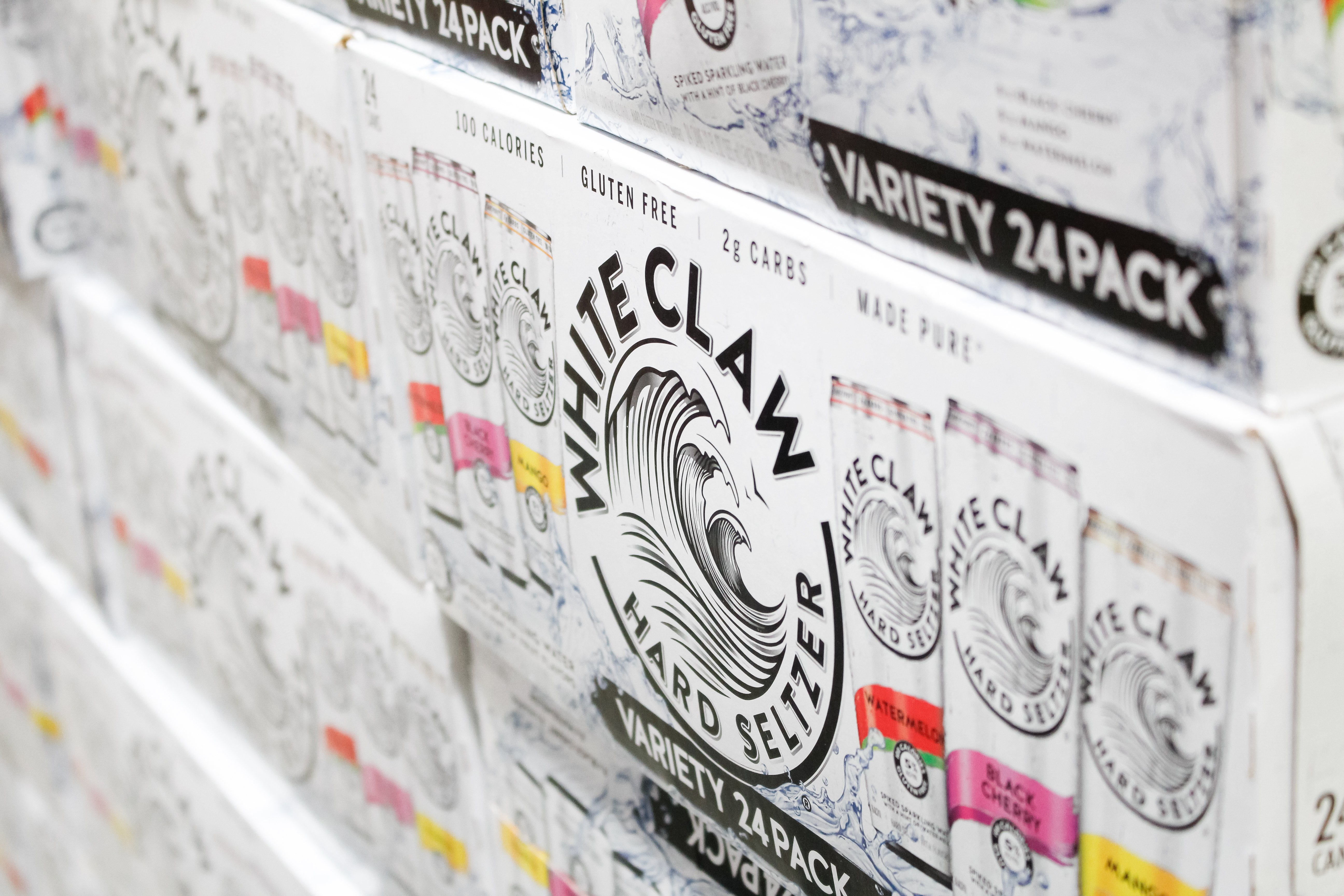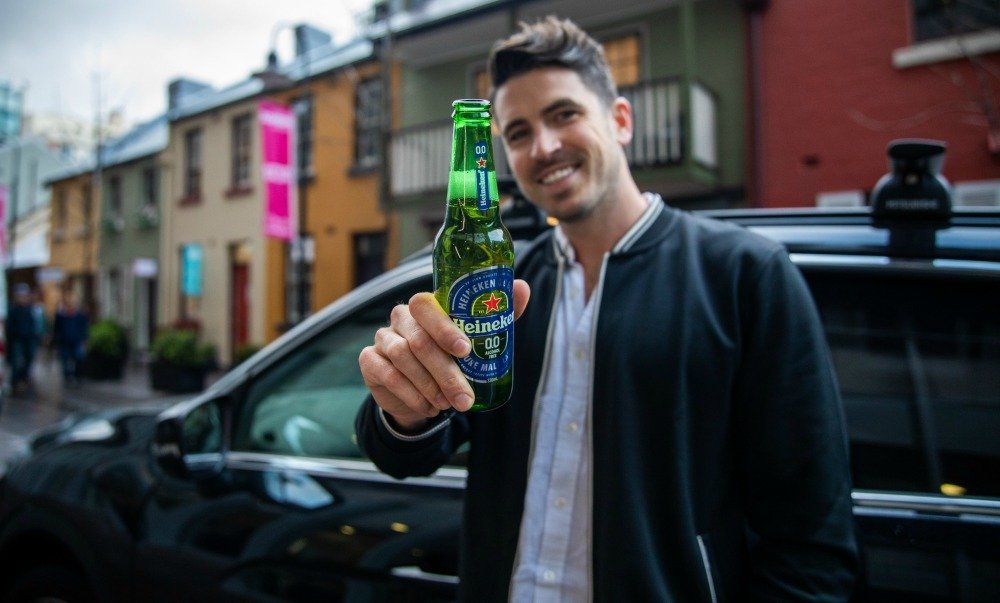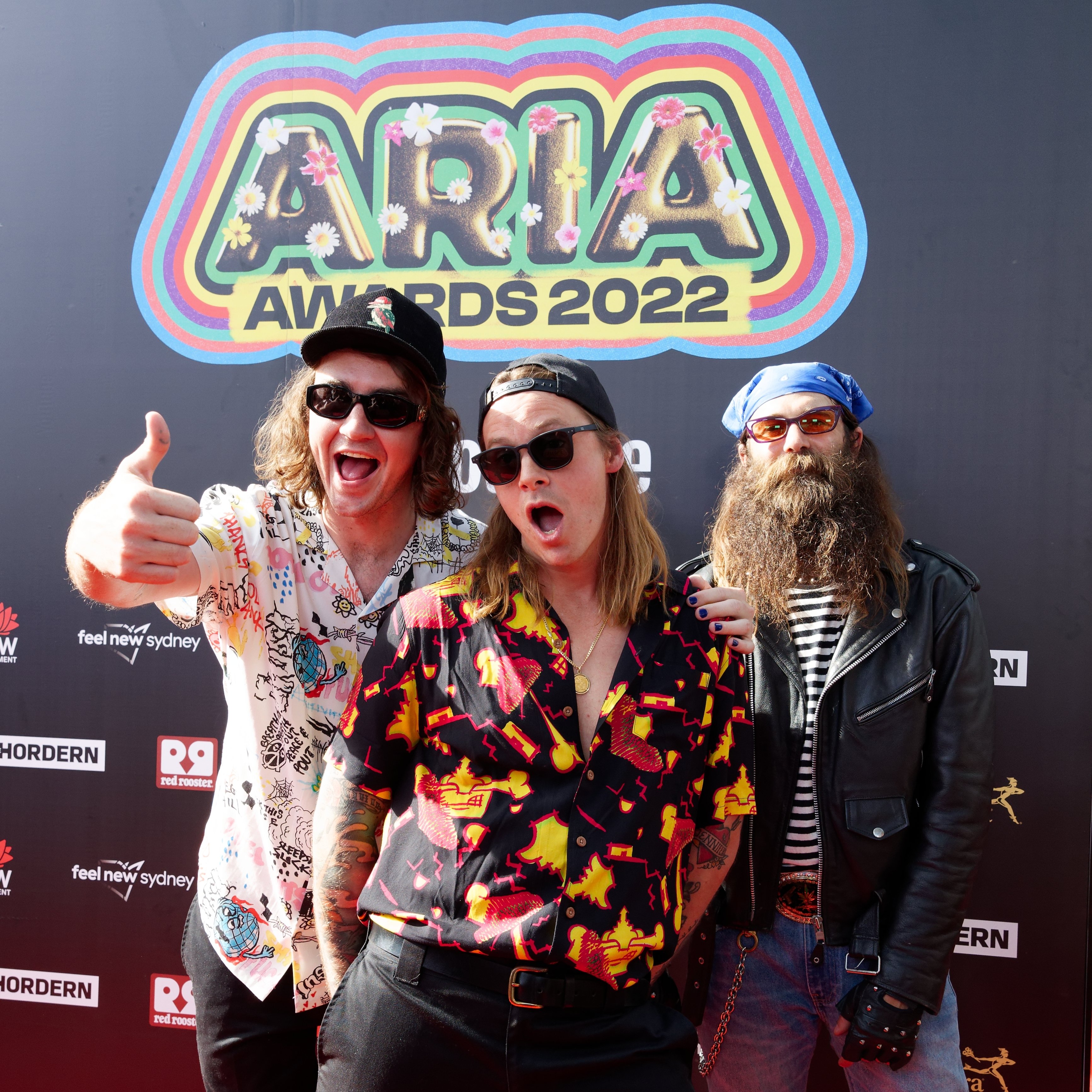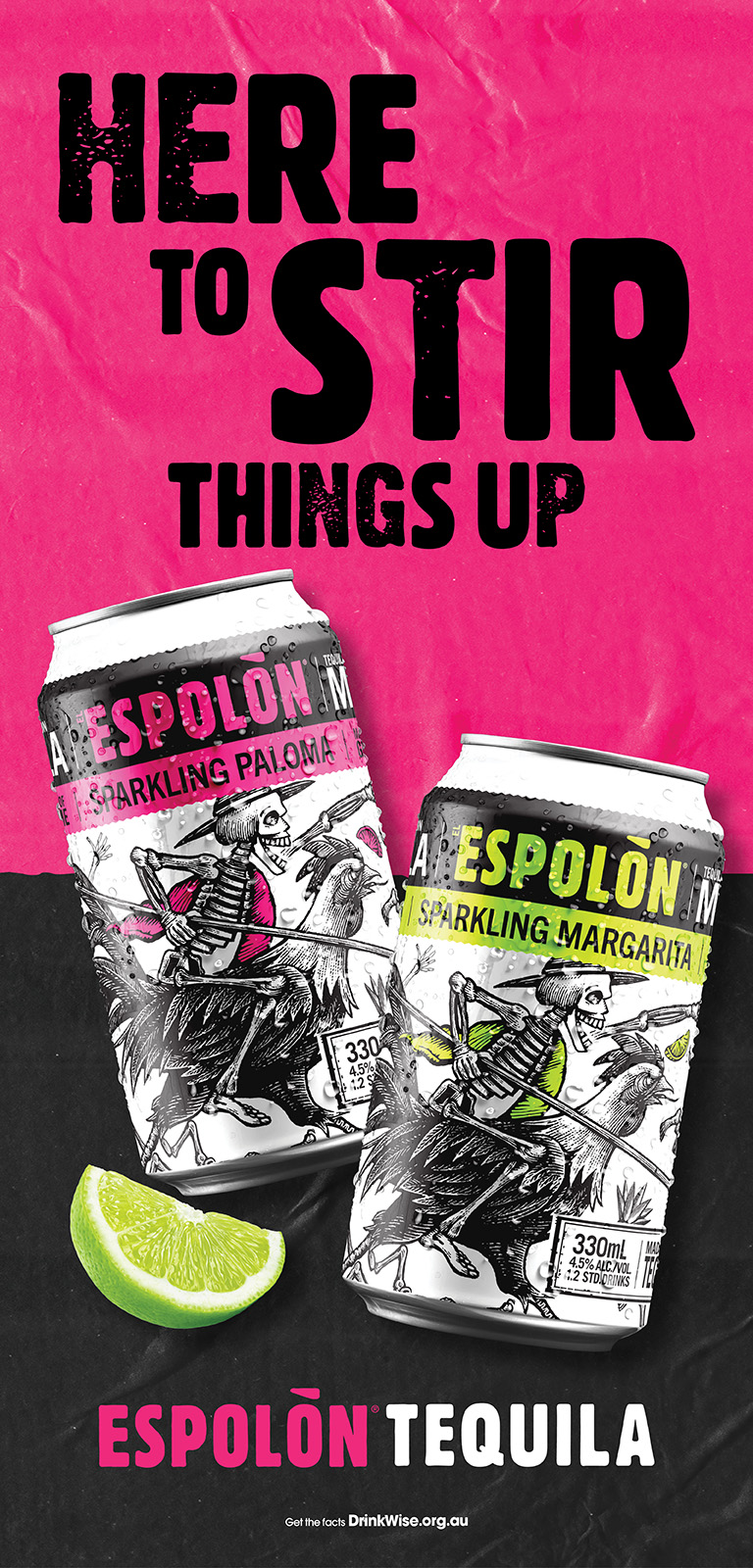COVID-19 restrictions have sparked a lower calorie and no-alcohol beer boom in Australia and around the world, as consumers keep an eye on both their wallets and their waistlines.
Heineken 0.0 and Carlton Zero were among the top five beer brands for unit growth in the week of the 5/04/20 according to IRI data.
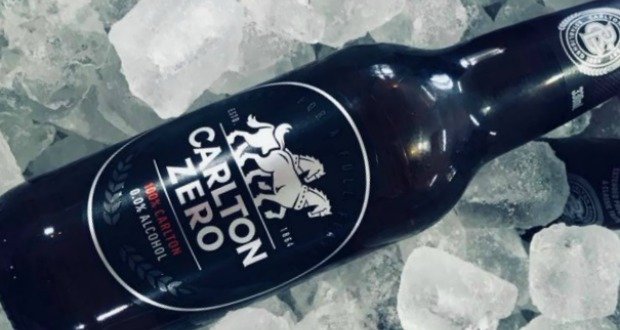
Darren McKenzie, Category Manager – Commercial Beer at Dan Murphy’s tells the latest issue of Drinks Trade magazine that “local brands such Carlton Zero have sparked interest and reinvigorated the category in addition to global brands such as Heineken and Peroni entering the non-alcohol arena within the Australian market.”
He said no-alcohol beer is “one of the fastest growing sub categories within beer over the past 12 months”.
“While there has always been a core loyal base of customers, as new beer entrants enter the market, so have new customers who are looking for beer alternatives," he noted. "The customer is looking for ‘better for you’ options, and looking to moderate their intake.”
This Australian trend echoes beer sales in the US during COVID-19, with home-grown budget beer brands that are light in calories seeing the highest growth according to the report by InMarket. For example, AB InBev’s Bud Light sales increased 44% between March 1 and April 17 .
Other brands have also recorded double-digit sales increases, including Miller Lite, Michelob Ultra and Natural Light. They all grew between 14% and 17%. Modelo and Miller High Life sales both jumped around 7%.
“We haven’t seen such a pop in demand, haven’t seen anything like this,” said Todd Dipaola, CEO of InMarket. “This category is usually slow and steady.”
“People are hunkered down, and they’ve got an eye on their wallet and an eye on their waistline.
“At this time, when they are definitely not going to their local gym, and they’re not even walking to go to their car to go to work or to drop their kids off, they’re thinking ‘I shouldn’t be drinking heavy stuff.’
"It’s a tough economic time for folks,” Dipaola said. “With 10 to 20 million people unemployed, it’s not a time for splurging, and people who want to have a couple of drinks at home, they want a cost effective way to do that.”
It's a similar story in the UK. In the four weeks to April 11, sales of low alcohol and alcohol-free beer grew by 14.8% according to Nielsen Scantrack data.
The thirst for zero heroes
CUB, brewers of Carlton Zero, told Drinks Trade magazine: “The no-alcohol beer category grew around 20 times in the first year after Carlton Zero’s launch, with about 75 cents of every dollar spent on no-alcohol beer spent on Zero. Our current projections have no-alcohol beer reaching 2% of total beer sales by 2025.”
Co-owner of no-alcoholic beer brand Sobah, Clinton Shultz, said while there is a lot of noise and buzz around non-alcoholic beer in Australia, there is still a lot of work to be done around shifting the mentality of Aussie drinkers to truly embrace the alcohol-free movement.
On a daily basis when he is presenting the range of Sobah beers, he is greeted with, “is that actually a real thing” or people, “just laugh”.
However, whilst the first two years of business were spent working hard on “shifting those mentalities”, the last six months has definitely been a busier time in the business.
Shultz puts this down to the awareness and growth in the overall health and wellbeing movement, almost piggy-backing the many ‘conscious-choice’ food options such as gluten free, vegetarian and vegan that have been well and truly embraced by Australians. He believes that as with food, “Australians have developed a more mindful perception of what we are consuming in the beverage space, though overwhelmingly, the majority of Australians are still fixated on socialisation having to involve the consumption of alcohol”.
Can segment get to 2% of the Australian beer market? According to McKenzie, “given the double digit sales growth within this sub-segment, against the backdrop of flat mainstream beer growth, it is not surprising that more brewers are looking at adding non alcoholic beers to their repertoire of products. It’s not only the large multinationals who are investigating in the sub-category, craft brewers are also developing non alcoholic and lower ABV product alternatives for their customers.
“We anticipate this trend to continue, adopting similarities to such global markets as Europe who have been offering quality non-alcoholic beer options to consumers for decades, suggesting continued growth over the next 12 months and beyond, will increase customer penetration enabling the sub-category to surpass 2% share of total beer sales.”
As Beer Diva Kirrily Waldhorn notes: "I think we can safely say that zero-alcohol beers are very much in their infancy in Australia and have plenty of scope for growth both within the on and off-premise and that to write off the alcohol-free beer category, could be at a brewery’s peril. This is definitely an exciting, 'watch this space' segment that by all predictions will be taking over some shelf and tap space in the very near future."

Share the content
